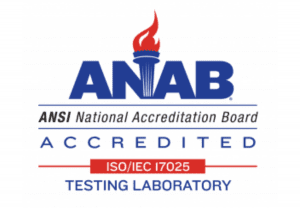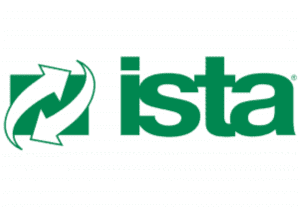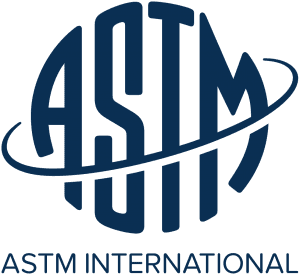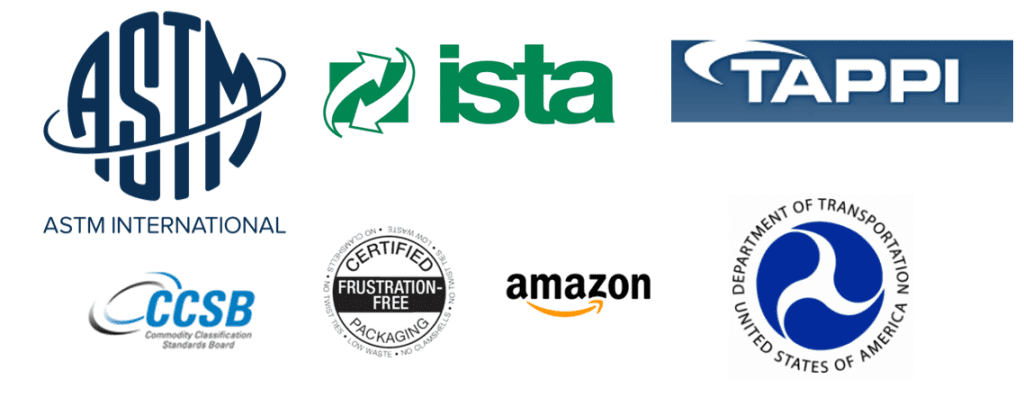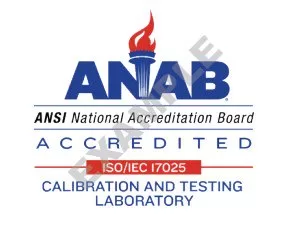Testing Standard:
TAPPI T811 Edgewise Compressive Strength of Corrugated Fiberboard (Short Column Test) ie. TAPPI T811 Edge Compression Test (ECT) Corrugated
Standard Number
TAPPI T811
Standard Title
Edgewise Compressive Strength of Corrugated Fiberboard (Short Column Test), Test Method
Overview of TAPPI T811 Edge Compression Test (ECT) Corrugated:
TAPPI T811 Test Method details the method of obtaining the maximum compression strength measurement perpendicular to the flute axis of corrugated fiberboard. TAPPI T811 utilizes wax dipping of the sample’s vertical edges prior to testing. This property is essential when designing packaging as it relates to the compressive resistance of a box. The TAPPI T811 test is used to determine the edge compression strength of corrugated fiberboard. This test measures the resistance of the edges of corrugated boxes to crushing or collapse when subjected to external pressure. During the test, a sample of corrugated board is placed on the test platform, and a metal platen is used to compress the edges of the board until it reaches a specific load or until the board is crushed. The maximum load or pressure the board can withstand without failure is recorded as the edge compression strength. Edge compression strength is an essential property of corrugated fiberboard as it helps to evaluate the stacking strength of boxes and the ability to resist crushing or deformation during transportation or storage.
The TAPPI T811 test method is widely recognized and accepted in the paper and packaging industry for measuring edge compression strength. Purple Diamond Testing offers TAPPI T811 Edgewise Compressive Strength of Corrugated Fiberboard (ECT) as part of our packaging compliance and validation services.
Rationale of TAPPI T811 Edge Compression Test (ECT) Corrugated:
TAPPI T811 – Edgewise Compressive Strength of Corrugated Fiberboard (ECT). Data collected can be used along with flexural stiffness and box dimensions to accurately predict the overall top-to-bottom compression strength of corrugated boxes. This is achieved by first sealing the vertical edges in paraffin wax prior to testing. The samples are supported in the test machine using metal guide blocks and the max force to cause compressive failure is recorded as the ECT value.
Corrugated board is widely used in the packaging industry due to its strength, versatility, and cost-effectiveness. The TAPPI T811 test method is an important tool for evaluating the performance of corrugated board in real-world applications.
Key Points:
- Critical to validating material selection during box design
- Verifies strength of corrugated boxes according to Box Maker's Certificate (BMC)
- Optimize costs by mitigating damages accrued through transit
- Consider TAPPI T838 ECT (Neckdown Method) for materials that exhibit excessive edge rolling during other ECT methods such as TAPPI T811 (Wax Dip) or TAPPI T839 (Clamp)
Related Standards:
- ISO 3037 – Corrugated Fiberboard – Determination of Edgewise Crush Resistance (Unwaxed Edge Method)
- TAPPI T839 – Edgewise Compressive Strength of Corrugated Fiberboard Using the Clamp Method (Short Column Test)
At Purple Diamond, we offer a free consultation or a guided tour of our facilities. Consultations can be done over the phone or on zoom, so choose what suits you best. To get in touch, go to our Contact Us page and fill out the form or book an appointment using the calendar below. Our goal is to assist you in any way possible, so please don’t hesitate to contact us. Thank you so much for reading down this far and thank you for considering Purple Diamond as your dedicated testing, engineering, and design facility for all of your packaging needs.
Related Testing Standards
- ASTM D642
- ASTM D685
- ASTM D880
- ASTM D951
- ASTM D999
- ASTM D3078
- ASTM D3103
- ASTM D3285
- ASTM D4169
- ASTM D4332
- ASTM D4728
- ASTM D5265
- ASTM D5276
- ASTM D5277
- ASTM D5487
- ASTM D6055
- ASTM D6179
- ASTM D6344
- ASTM D6653
- ASTM D7386
- ASTM F88
- ASTM F1140
- ASTM F1886
- ASTM F1929
- ASTM F1980
- ASTM F2096
- ASTM F2250
- ASTM F3039
- ASTM D1596

